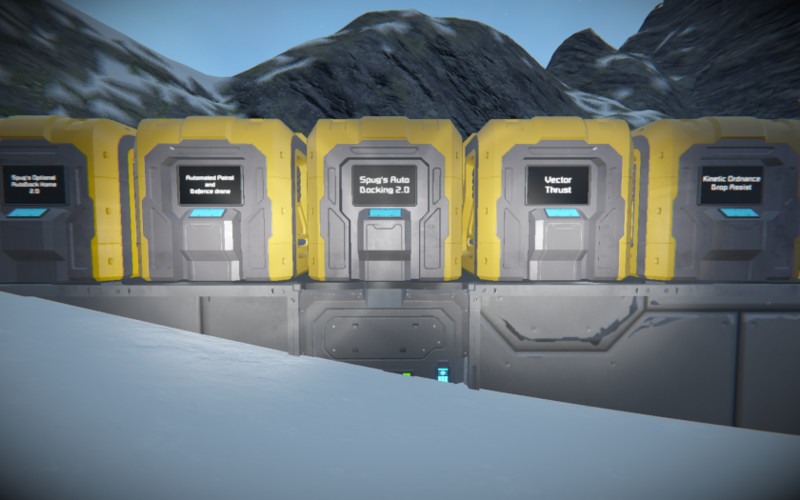
Three additional perturbations were introduced to this balanced gameplay and the observations about important features of the game using SHAP are presented. A sample balanced game and corresponding predictions and SHapley Additive exPlanations (SHAP) are presented in this study. The modeling approach consists of microRTS player agents (bots), design of experiments that arranges games between identical agents with asymmetric initial conditions, and an AI infused layer comprising CNNs, XAI, and uncertainty analysis through Monte Carlo Dropout Network analysis that allows analysis of game balance. We illustrate the approach using an open-source real-time strategy (RTS) game called microRTS. Specifically, we present a modeling approach that combines experimental design techniques, meta-modeling using convolutional neural networks (CNNs), uncertainty quantification, and explainable AI (XAI). In this paper, we adapt computational design approaches, widely used by the engineering design community, to address the unique challenges associated with mission design using RTS games. An extensive set of experiments in a real-time strategy game shows that search algorithms using asymmetric abstractions are able to outperform all other search algorithms tested. Two of our algorithms are adaptations of algorithms developed for searching in action-abstracted spaces, Portfolio Greedy Search and Stratified Strategy Selection, and the other two are adaptations of an algorithm developed for searching in unabstracted spaces, NaïveMCTS. We also introduce four algorithms that search in asymmetrically abstracted game trees to evaluate the effectiveness of our abstraction schemes. Asymmetric abstractions allow search algorithms to “pay more attention” to some aspects of the game by unevenly dividing the algorithm’s search effort amongst different aspects of the game. In this context, we introduce an action abstraction scheme which we call asymmetric action abstraction. Even though unabstracted game trees can lead to optimal policies, due to real-time constraints and the tree size, they are not a practical choice. Ions restrict the number of legal actions available for real-time planning in zero-sum extensive-form games, thus allowing algorithms to focus their search on a set of promising actions. Experiments reveal that characterizations do indeed capture behavior nuances, and consequently open up many research possibilities in the domains of player modeling, analyzing the behavior of different players and automatic policy creation, which can possibly be used for utilization in future simulations.


The main research agenda of this study is to determine whether DCs manage to capture the essence of players’ action style behavior.

These high-confidence actions are used in the characterization process, resulting in the DC description of each player. High-confidence actions are extracted from rules created with association rule mining, utilizing advanced evolutionary algorithms (e.g., differential evolution) on the dataset of feature values. Therefore, this work addresses the digital characterization (DC) of various game players based on the game feature values found in a game space, and based on the actions gathered from player interactions with the game space.

Game agents are becoming increasingly sophisticated as the collaboration between game agents and humans only continues to grow, and there is an increasing need to better understand game players’ workings. Game spaces can be used to test different research ideas quickly, simulate real-life environments, develop non-playable characters (game agents) that interact alongside human players and much more. Games can be more than just a form of entertainment.


 0 kommentar(er)
0 kommentar(er)
